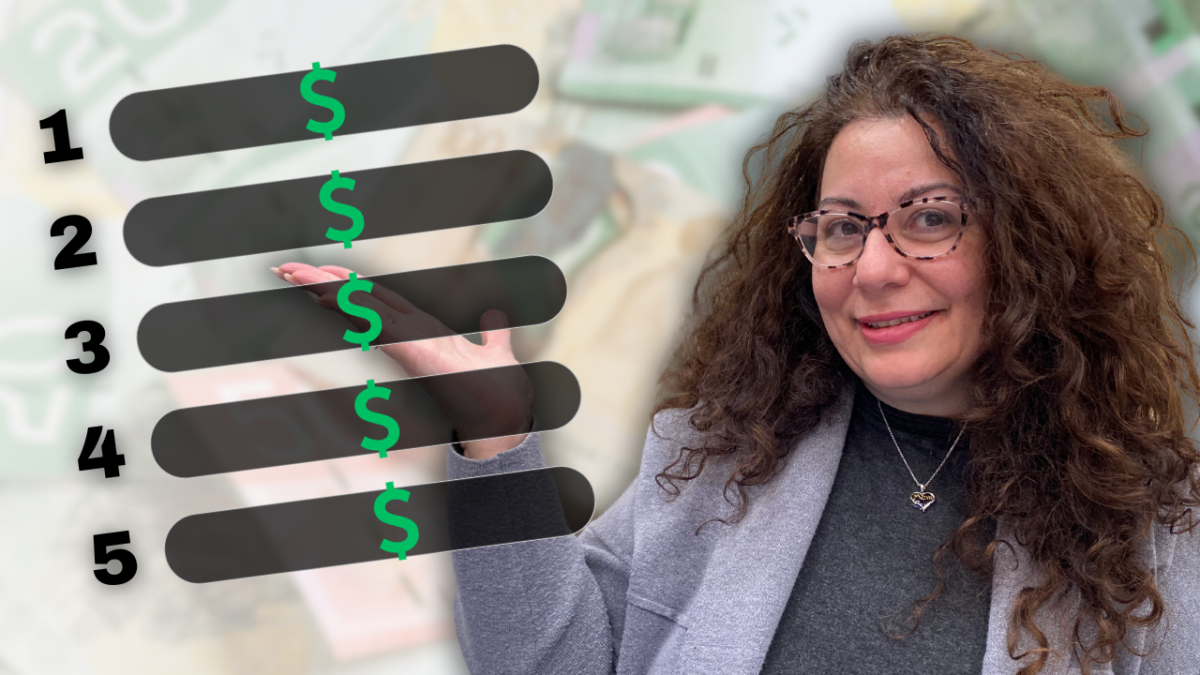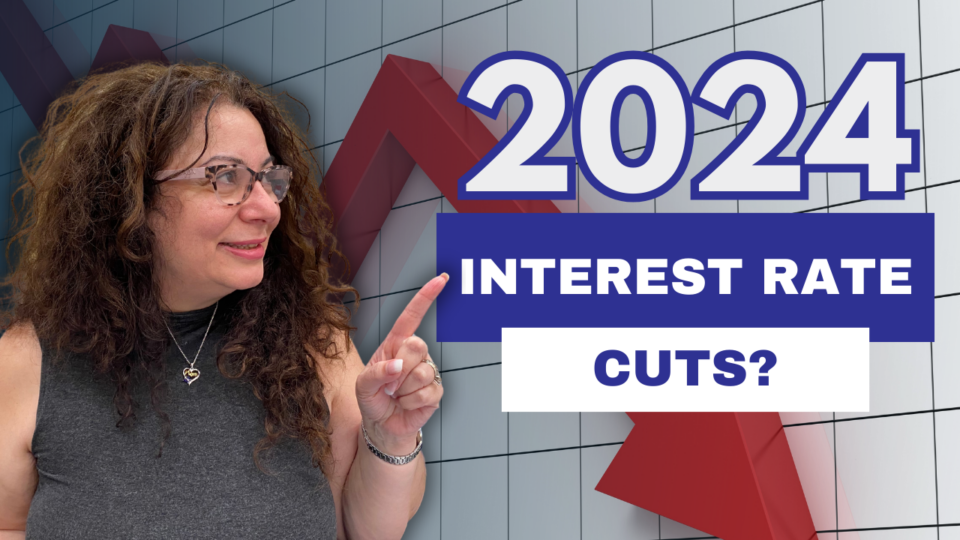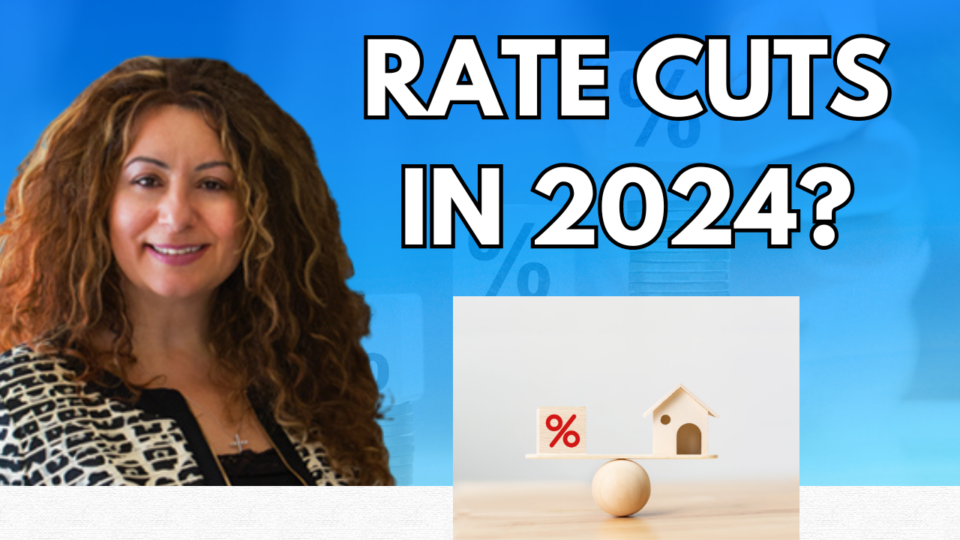5 Steps to Grow Your Money in 2024

Are you looking to transform your relationship with money and achieve financial freedom? It’s not just a distant dream; with the right approach and mindset, you can set yourself on the path to a secure financial future. Here’s a guide to five fundamental steps that can help you invest wisely and grow your money.
Hello everyone it’s Rasha Ingratta a licensed Mortgage Agent with Mortgage Intelligence here in Windsor Ontario. In this blog, I will be reflecting on my financial habits and how it’s given me a better outcome in life. Let’s get started with the first step towards transforming your relationship with money and achieving financial freedom!
Step 1: Better Your Financial Well-being
The first step to financial well-being is to examine and heal your relationship with money. This means understanding your financial history, recognizing any negative patterns or beliefs, and taking steps to create a healthy and positive approach to managing your finances. Reflect on your spending habits, attitudes towards saving, and any financial fears you might have. Healing this relationship is crucial for building a solid foundation for your financial journey.
Here’s an example of what I just experienced. I wanted to buy a Lululemon black coat, it was 498.00. I asked myself, do I need another black coat? And where else can I spend the 498 and get better results?
Step 2: Achieve Complete Transparency in Your Finances
Knowledge is power, especially when it comes to your finances. Achieving total financial clarity involves understanding where every penny goes, your assets and liabilities, and how your current financial choices align with your long-term goals. This step is about creating a detailed budget, tracking your spending, and making informed decisions that will contribute to your financial growth.
I have a spreadsheet where I categorize all my monthly expenditures ie groceries, entertainment/restaurants, utilities, internet, vehicle expenses, pet expenses, self-care, and Tim Hortons, I also have a miscellaneous category, and my monthly contribution to my RRSP investments. This helps me review my monthly budget and if I should go over I tweak the following month etc so it makes up for the expenditures from last month. If you get in the habit of doing this every month, you will carry it with you mentally daily and when you want to purchase something, you will tell yourself it is not in your monthly budget.
Step 3: Define Your Financial Objectives and Establish Monthly Goals
With a destination, it’s possible to chart a course. Setting a clear financial vision gives you a target to aim for and helps motivate you to make the necessary changes to get there. Break down your larger financial goals into achievable monthly targets. Whether it’s saving a certain amount each month, reducing expenses, or investing, having these smaller targets will keep you on track and provide a sense of accomplishment as you hit each one.
For many years since I was in my twenties, I’ve always put money aside to save up for a rainy day. In 2007 I left my husband and went through a divorce and all of our money was tied up in our home. And in 2008, we had a global financial crisis. I was grateful I had my son who was 6 years old at the time and my health. I sat down with myself and said what is important to me at this time? I started from scratch and with my budgeting habits and planning for a healthy financial future, I was able to survive and here I am today. Getting here was not easy. It was all about the plan and writing it down.
Step 4: Align Your Expenditures with Your Principles
One of the most significant shifts you can make in your financial life is to ensure that your spending aligns with your values. It’s not just about spending less; it’s about spending right. Take a moment to consider what’s truly important to you. Does your spending reflect those values? By aligning your finances with your values, you’ll find more satisfaction in your expenditures and make more meaningful financial choices.
As explained in my experiences above, I mentally think about what my next purchase will be, do I need it, walk away from it, or am still thinking about it? If I don’t need it, I ask myself why am I still thinking about it. Find out the core reason. Does it align with my values? So that when I do purchase this item it is special and I sometimes even give it a name. Some of my items have names, just like Wilson was Chuck Noland’s best friend in the movie Cast Away.
Step 5: Establish a Habit of Automated Monthly Savings
The final step is to make saving an effortless part of your routine. Automate your savings so that a portion of your income is transferred to your savings account as soon as you get paid. This ‘set and forget’ method ensures that you’re consistently building your savings without thinking about it each month.
One of my favorite lessons from Rich Dad Poor Dad is to Pay yourself first and aim for more valuable assets. Automate your savings to go into a TFSA or RRSP for retirement. You are saving and growing a valuable asset.
By implementing these five steps into your life, you’ll not only watch your savings grow but also experience a profound shift in your financial confidence and competence. Remember, investing in your financial education is just as important as investing in the market. Teaching yourself and aligning your mind with what matters most can help you achieve better financial goals.
I hope you found value in this blog, if so, please share this with someone who’d also benefit from seeing it.
If you have any questions or would like to speak with either myself or one of my mortgage advisors, please feel free to contact me at 519-250-4848 or send me an email at [email protected]
Thanks for reading, Rasha Ingratta.



